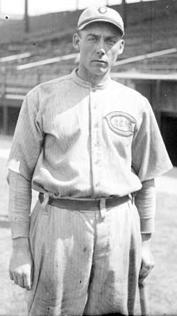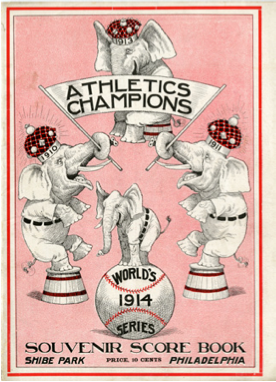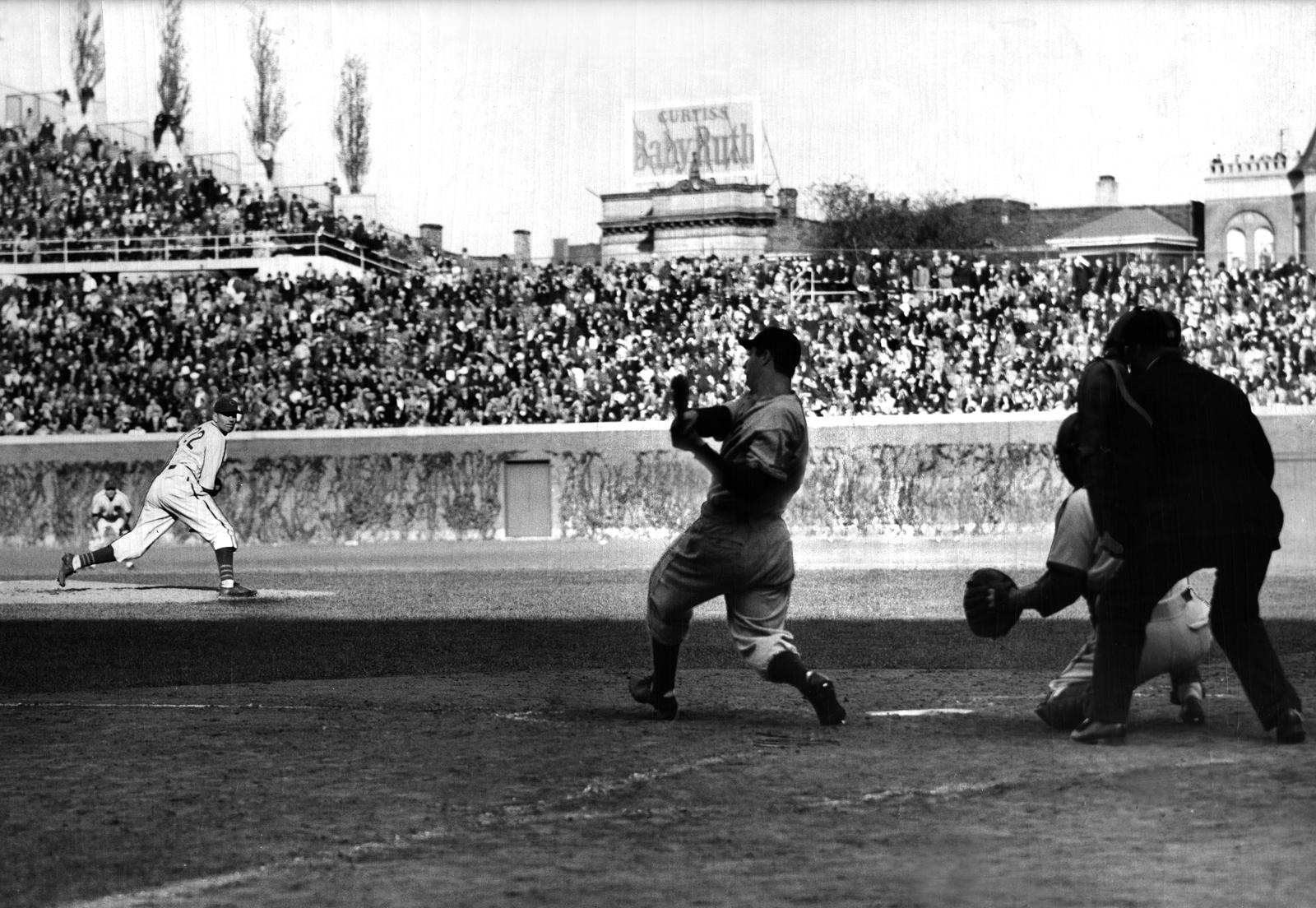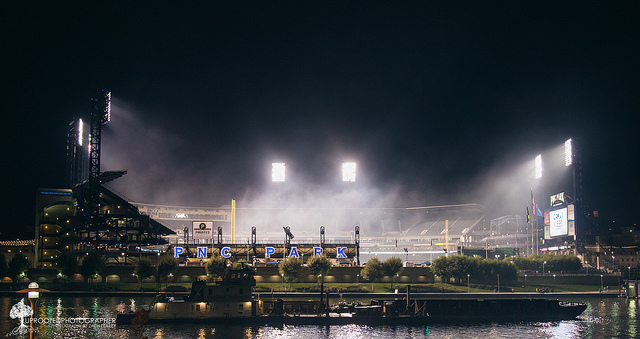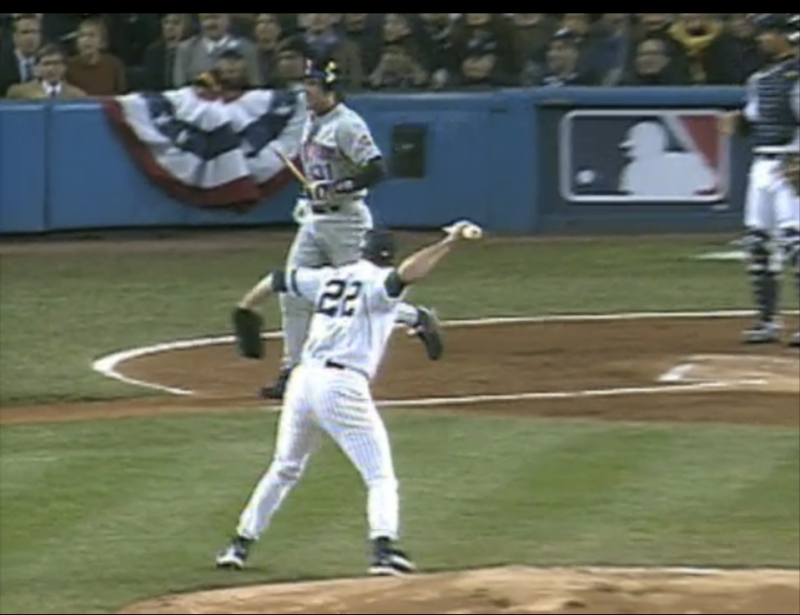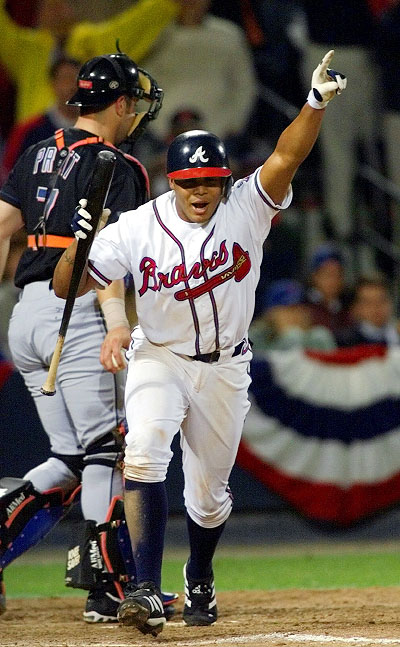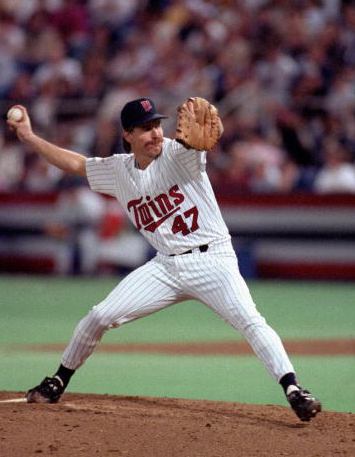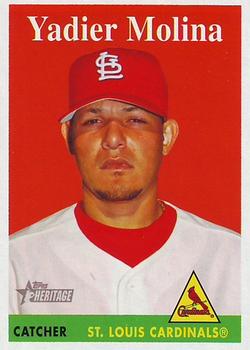October 7, 1965: Twins beat Dodgers at their own game to take commanding Series lead
National League President Warren Giles would have been excused if he had thought that somebody in his office screwed up and sent the 1962 New York Mets to play Game Two of the World Series against the Minnesota Twins instead of the National League champion Los Angeles Dodgers. By committing three errors and allowing poor relief pitching to let a winnable game get away from them, the Dodgers looked more like those Mets, who lost 120 games, than the team that won 97.
The weather was cool and wet – the high reached only 58 and it drizzled throughout the game. Despite the conditions, fans expected a pitcher’s duel between Dodgers ace Sandy Koufax and 18-game winner Jim Kaat. And for the first 4½ innings, that’s exactly what they got. Then came the top of the fifth and a play that changed the course of the game.
The Dodgers’ Ron Fairly led off the frame with a single to right. Jim Lefebvre followed with a liner to left that was drifting away from left fielder Bob Allison and looked like a sure double. But Allison ran a long way to the foul line and made a spectacular diving catch that left the Dodgers with one out and a runner on first instead of two runners in scoring position with nobody out. Good thing, too, because Wes Parker then grounded a single into right field that would probably have scored two runs. Instead, Kaat got the next two batters on foul pop-ups and the game remained scoreless.
“I don’t know when I’ve seen a catch like that,” said Twins manager Sam Mele. “It was a tremendous catch. It could have meant something big for the Dodgers if the ball had dropped in there.”1
The game then proceeded from Allison’s sublime to Dodger third baseman Jim Gilliam’s ridiculous.
Anyone who ever did something because it seemed like a good idea at the time, only to regret it afterward, would know how Gilliam felt after the sixth. Gilliam started the 1965 season as a Dodger coach, but then went back on the active roster in May. He may have wished he was back in the coaching ranks after Zoilo Versalles’s grounder bounced off him for a two-base error to lead off the inning. After center fielder Joe Nossek sacrificed Versalles to third, the Twins shortstop scored on Tony Oliva’s double to give Minnesota a 1-0 lead. Killebrew’s single then drove in Oliva, and the Twins led 2-0.
It was still anybody’s game in the top of the seventh, when Fairly and Lefebvre singled to open the inning. After the runners advanced on a sacrifice by Parker, catcher John Roseboro singled to score Fairly; Lefebvre and Roseboro moved up on the throw to the plate. Dodgers manager Walter Alston then made a move that said a lot about his team’s lack of scoring punch. Koufax was the next scheduled batter, and Alston made the standard move by pinch-hitting for him because his team was behind in the late innings. The Twins were probably surprised when Don Drysdale, the loser of Game One, came out of the dugout swinging a bat. On the surface it seemed a bizarre move, but Drysdale was, in fact, an excellent hitting pitcher. His .300 batting average was the highest on the team that season. Drysdale also hit seven homers, an astounding total for a pitcher, in just 130 at-bats. By comparison, Lefebvre and left fielder Lou Johnson tied for the team lead in home runs with 12. The gamble didn’t pay off, however, as mighty Drysdale struck out. Maury Wills followed and flied to center to end the threat.
Reliever Ron Perranoski replaced Koufax on the mound in the bottom of the seventh and started off well enough by getting the first two batters out. Leadoff hitter Versalles then tripled to right and while he was on third, he began dancing up and down the line in the tradition of Jackie Robinson. This rattled Perranoski, who threw a wild pitch with Joe Nossek at the plate, allowing Versalles to score. Nossek reached first on another error by poor Gilliam, but was stranded.
The Twins put the game away in the eighth. Killebrew walked and advanced to third on an Allison double. Killebrew was tagged out at the plate on a fielder’s choice by first baseman Don Mincher. Allison advanced to third and Mincher to second on a balk by Perranoski. The Dodgers walked number-eight hitter Frank Quilici to load the bases and bring Kaat to the plate, and while Kaat was no Drysdale at the plate, his numbers weren’t that bad (.247 average, one home run). His single brought two runners home and put the game away. Los Angeles threatened in the ninth with two runners on and one out, but didn’t score.
The Dodgers were 7-5 favorites going into the Series and there had been some talk of a sweep. That talk continued, except that now the wags were speculating on the possibility of the Twins getting the brooms out. Suffice it to say that the Twins surprised everyone by beating both Drysdale and Koufax.
However, Alston knew from experience that being down 2-0 doesn’t mean the Series is over. In 1955 his Brooklyn Dodgers were in this situation and won it all. The following year they were up 2-zip on the Yankees and lost. He was also the manager of a veteran team whose players knew what it took to get the ring.
As for Gilliam, it was simply one of those days. He had committed only one error in his previous 108 World Series chances, and didn’t make any miscues the rest of this Series.
Now it was on to Los Angeles for Game Three.
Sources
Winona (Minnesota) Daily News
San Bernardino (California) Sun
Notes
1 Lew Ferguson, “Allison’s Roll-Over Catch Snuffs Dodgers,” San Bernardino (California) Sun. October 8, 1965.
Additional Stats
Minnesota Twins 5
Los Angeles Dodgers 1
Game 2, WS
Metropolitan Stadium
Bloomington, MN
Box Score + PBP:
Corrections? Additions?
If you can help us improve this game story, contact us.


